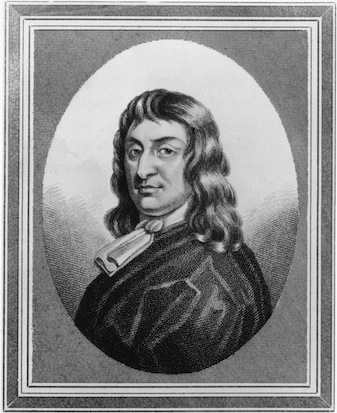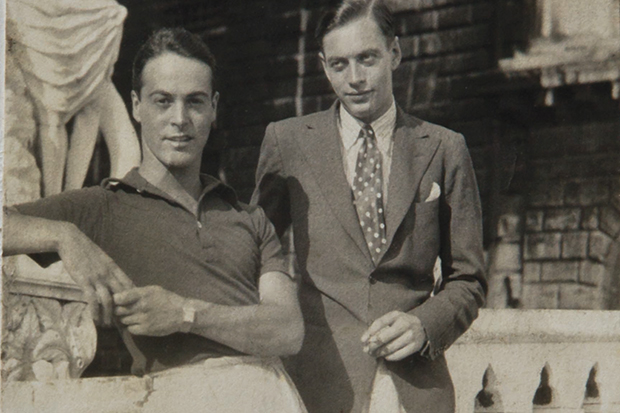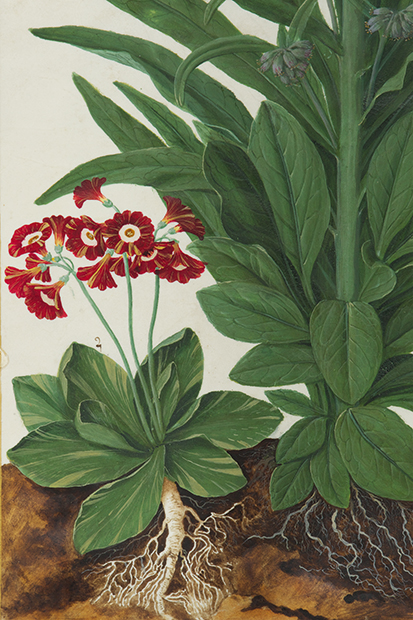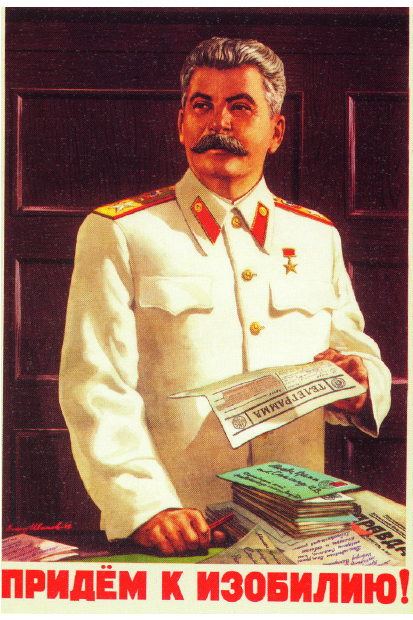In the words of one of his contemporaries ‘a man of down look, lean-faced and full of pock holes’, the 17th-century ne’er-do-well Thomas Blood sounds an unattractive proposition. His latest biographer, Robert Hutchinson, works hard to imbue him with the pantomime glamour of a lovable rogue.
Hutchinson roots Blood’s rackety life firmly within the context of the equally rackety Restoration underworld, with its network of spies and spymasters, venial courtiers and religious fanatics. Appropriately he makes vivid use of the sort of rhetoric more often associated with old-fashioned adventure stories. His Blood is a forerunner of the Scarlet Pimpernel, ‘a man of action who would risk all to liberate his friends even at the eleventh hour’; he indulges in ‘madcap’ and ‘harum-scarum’ ‘escapades’ and his chief weapons are ‘daredevil audacity’, ‘astonishing effrontery’ and ‘buckets of Irish charm’.
It’s a valiant effort and a rigorously researched account. Hutchinson endeavours to invest Blood’s naked self-interest with a quasi-heroic dimension and, more surprisingly, to provide evidence of a deeply held religious sensibility. But while there’s no doubting Hutchinson’s conviction, this reader just isn’t buying it. Blood’s unrelenting opportunism swiftly acquires a predictable quality. In the flesh, I suspect, his popinjay arrogance had a risible dimension: on the page he appears too often greedy, self-important or just downright nasty.
Thomas Blood is best known as the slippery Irishman who, in the late spring of 1671, attempted to steal the crown jewels. Newly purchased by Charles II following the restoration of the monarchy, these included a crown, orb and sceptre, all of which would certainly have made their way into the melting pot but for the unexpected appearance on the scene of a civic-minded Swedish engineer, Martin Beckman, who successfully foiled Blood’s plans.
By then Blood himself had part-flattened the imperial state crown in order to conceal it under his cloak, loosening and losing several diamonds and a large pearl in the process. For the same reason his son, another Thomas, was struggling to saw the sceptre in half, while, in what sounds like a scene from a Carry On film, their associate Robert Perrot had hidden the orb in his breeches (where one of its bigger rubies conveniently made its way into his pocket). Having unwillingly jettisoned his booty, and following a day on the run, Blood returned to the Tower to await His Majesty’s pleasure.
This should have spelled disaster for Blood. But in a twist worthy of fiction — as Blood’s contemporaries were quick to point out — Charles’s malefactor became his valued pensioner and spy. The King overlooked Blood’s bad behaviour in return for a febrile sort of loyalty and his undoubted espionage skills. In this capacity Blood might have ended his days, had not an obsessive taste for revenge, finely-tuned turncoat instincts and considerable pig-headedness led him to fall out with the arch intriguer of Charles’s court, George Villiers, 2nd Duke of Buckingham. At the age of 62, Blood found himself on the wrong end of an action for defamation and facing a bill for damages for the colossal sum of £10,000. He had a stroke and swiftly died. Such was his notoriety after the crown jewels heist that the authorities thought it necessary to exhume him to reassure a sceptical, hostile public that he was indeed dead. Only an oversized thumb identified his decomposing corpse.
Hutchinson’s biography draws extensively on surviving primary sources, including eye-witness accounts of Blood’s many scrapes and court cases. At moments there is an immediacy to this chronicle of eccentric miscreancy. Only at the end does the author question what it was all for in a life mostly marked by failure — though he reins himself in. For those willing to be persuaded, this is a colourful tale of life in the shadow of the gallows.
Got something to add? Join the discussion and comment below.
Get 10 issues for just $10
Subscribe to The Spectator Australia today for the next 10 magazine issues, plus full online access, for just $10.
Available from the Spectator Bookshop, £17 Tel: 08430 600033
You might disagree with half of it, but you’ll enjoy reading all of it. Try your first month for free, then just $2 a week for the remainder of your first year.














Comments
Don't miss out
Join the conversation with other Spectator Australia readers. Subscribe to leave a comment.
SUBSCRIBEAlready a subscriber? Log in